La Brea Tar Pits
The La Brea Tar Pits is an active paleontological research site in urban Los Angeles. Hancock Park was formed around a group of tar pits where natural asphalt (also called asphaltum, bitumen, or pitch; brea in Spanish) has seeped up from the ground for tens of thousands of years. Over many centuries, the bones of trapped animals have been preserved. The George C. Page Museum is dedicated to researching the tar pits and displaying specimens from the animals that died there. La Brea Tar Pits is a registered National Natural Landmark.
 The Tar Pits in 1910. Oil derricks can be seen in the background.
The Tar Pits in 1910. Oil derricks can be seen in the background.The Chumash and Tongva people used tar from the pits to build plank boats by sealing planks of California redwood trunks and pieces of driftwood from the Santa Barbara Channel, which they used to navigate the California coastline and Channel Islands.[1]
The Portolá expedition, a group of Spanish explorers led by Gaspar de Portolá, made the first written record of the tar pits in 1769. Father Juan Crespí wrote,
While crossing the basin, the scouts reported having seen some geysers of tar issuing from the ground like springs; it boils up molten, and the water runs to one side and the tar to the other. The scouts reported that they had come across many of these springs and had seen large swamps of them, enough, they said, to caulk many vessels. We were not so lucky ourselves as to see these tar geysers, much though we wished it; as it was some distance out of the way we were to take, the Governor [Portolá] did not want us to go past them. We christened them Los Volcanes de Brea [the Tar Volcanoes].[2]
Harrison Rogers, who accompanied Jedediah Smith on his 1826 expedition to California, was shown a piece of the solidified asphalt while at Mission San Gabriel, and noted in his journal, "The Citizens of the Country make great use of it to pitch the roofs of their houses".[3]
The La Brea Tar Pits and Hancock Park were formerly part of the Mexican land grant of Rancho La Brea. For some years, tar-covered bones were found on the property but were not initially recognized as fossils because the ranch had lost various animals—including horses, cattle, dogs, and even camels—whose bones closely resemble several of the fossil species. Initially, they mistook the bones in the pits for the remains of pronghorn or cattle that had become mired. The original Rancho La Brea land grant stipulated that the tar pits be open to the public for the use of the local Pueblo.[citation needed]
There were originally more than 100 separate pits of tar (or asphaltum) but most of those have been filled in with rock or dirt since settlement, leaving about a dozen accessible from ground level.[4]
In 1886, the first excavation for land pitch in the village of La Brea was undertaken by Messrs Turnbull, Stewart & co..[5]
 Early excavation (c. 1913 – c. 1915)Excavations
2011 VOA report about the new discoveries in the pits
Early excavation (c. 1913 – c. 1915)Excavations
2011 VOA report about the new discoveries in the pitsUnion Oil geologist W. W. Orcutt is credited, in 1901, with first recognizing that fossilized prehistoric animal bones were preserved in pools of asphalt on the Hancock ranch. In commemoration of Orcutt's initial discovery, paleontologists named the La Brea coyote (Canis latrans orcutti) in his honor.[6] John C. Merriam of the University of California, Berkeley led much of the original work in this area early in the 20th century.[7] Contemporary excavations of the bones started in 1913–1915.
In the 1940s and 1950s, public excitement was generated by the preparation of previously recovered large mammal bones.[8] A subsequent study demonstrated the fossil vertebrate material was well preserved, with little evidence of bacterial degradation of bone protein.[9] They are believed to be some 10–20,000 years old, dating from the Last Glacial Period.[10]
On February 18, 2009, George C. Page Museum announced the 2006 discovery of 16 fossil deposits that had been removed from the ground during the construction of an underground parking garage for the Los Angeles County Museum of Art next to the tar pits.[11] Among the finds are remains of a saber-toothed cat, dire wolves, bison, horses, a giant ground sloth, turtles, snails, clams, millipedes, fish, gophers, and an American lion.[11][12] Also discovered is a nearly intact mammoth skeleton, nicknamed Zed; the only pieces missing are a rear leg, a vertebra, and the top of its skull, which was sheared off by construction equipment in preparation to build the parking structure.[12][13][14] These fossils were packaged in boxes at the construction site and moved to a compound behind Pit 91, on Page Museum property, so that construction could continue. Twenty-three large accumulations of tar and specimens were taken to the Page Museum. These deposits are worked on under the name "Project 23".
As work for the public transit D Line is extended, museum researchers know more tar pits will be uncovered, for example near the intersection of Wilshire and Curson.[11] In an exploratory subway dig in 2014 on the Miracle Mile, prehistoric objects unearthed included geoducks, sand dollars, and a 10-foot limb (3.0 m) from a pine tree, of a type now found in Central California's woodlands.[15]






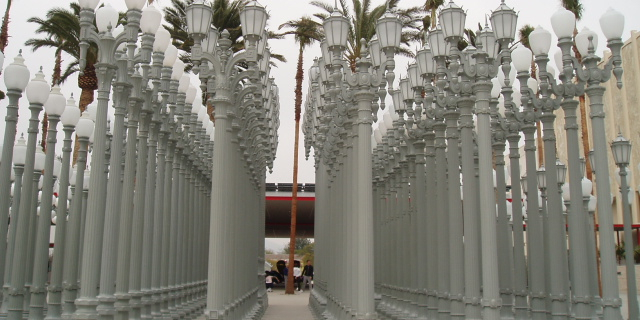

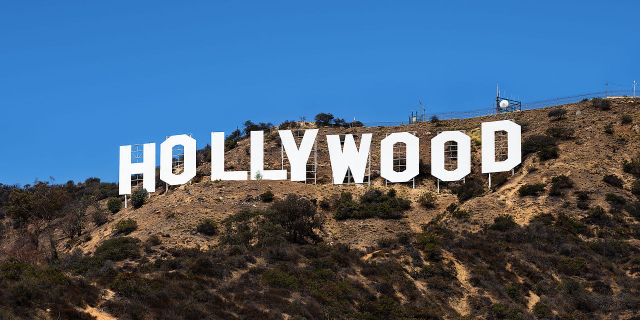

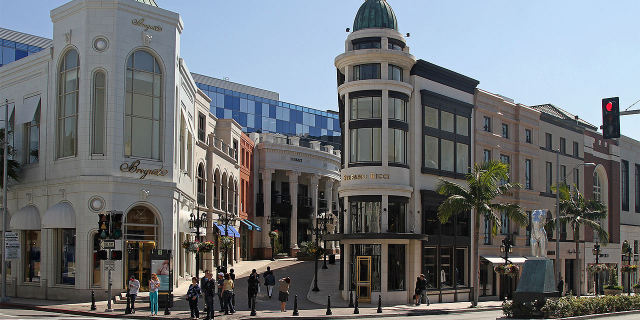

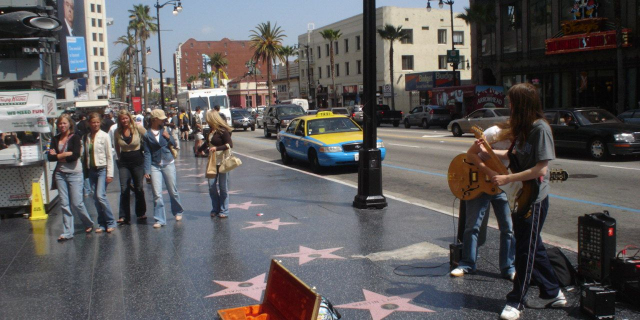

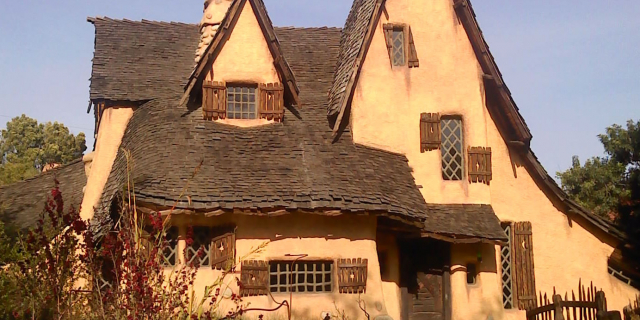




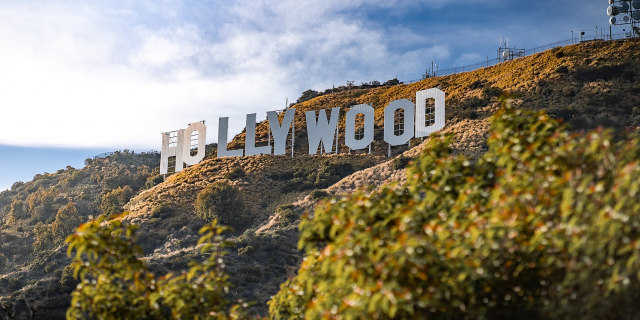

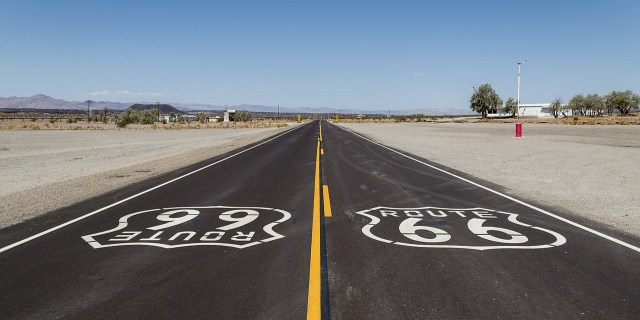

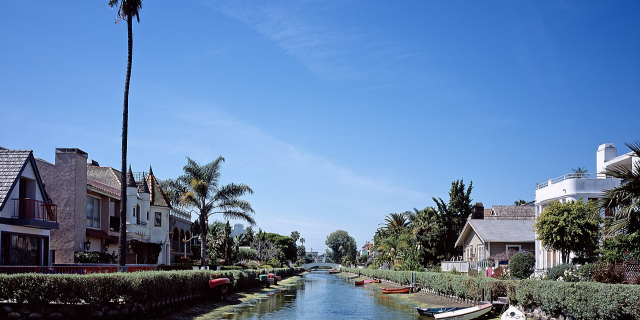

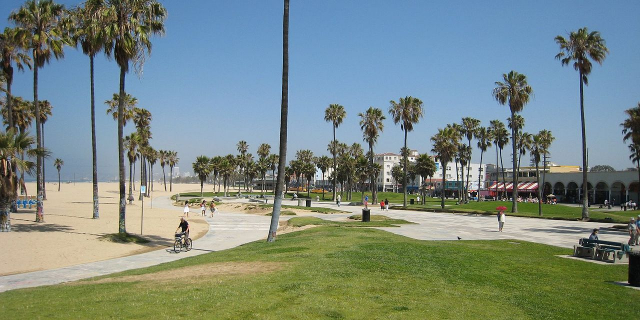



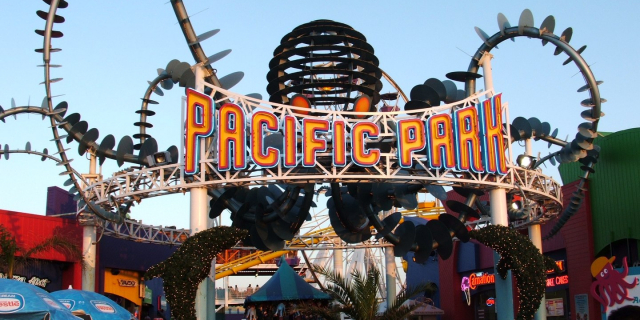


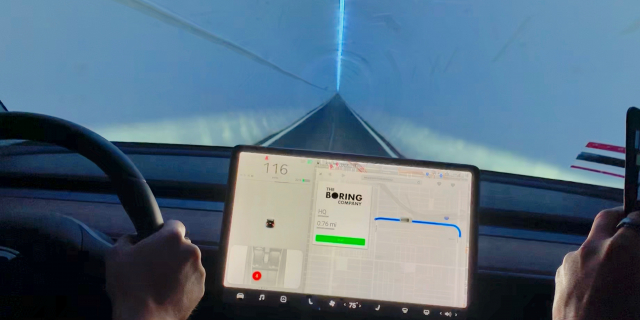


Add new comment